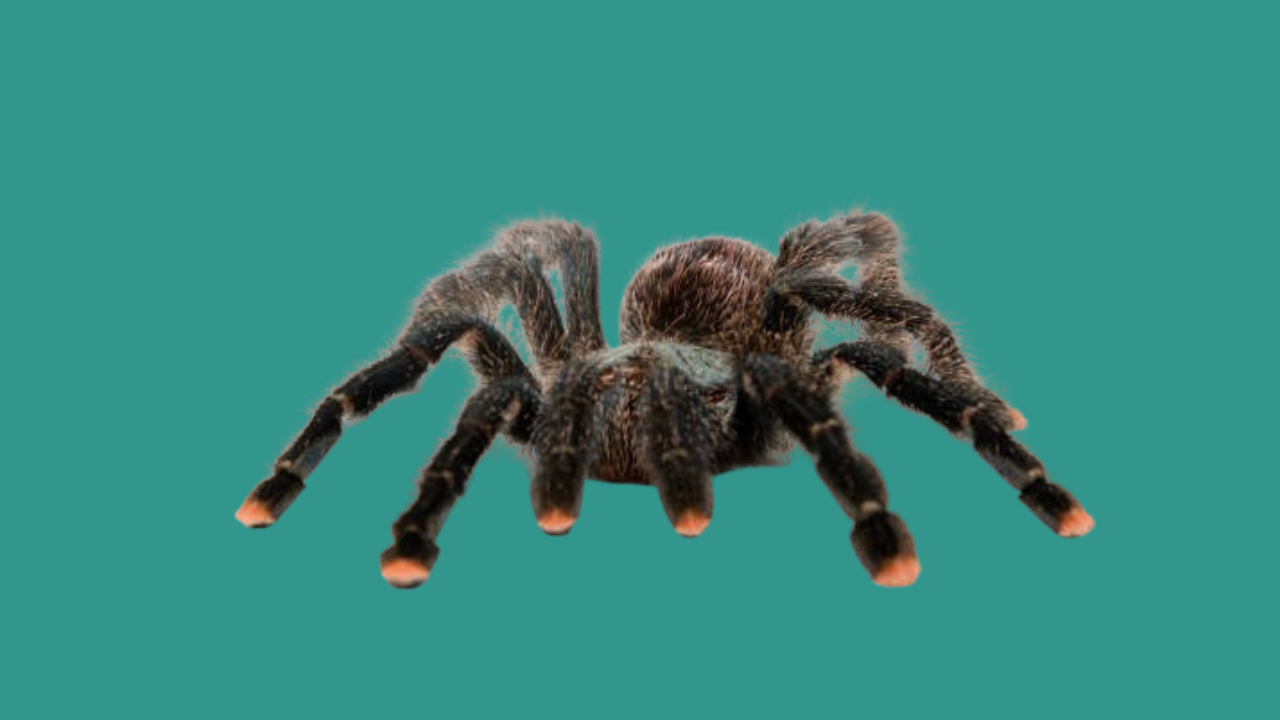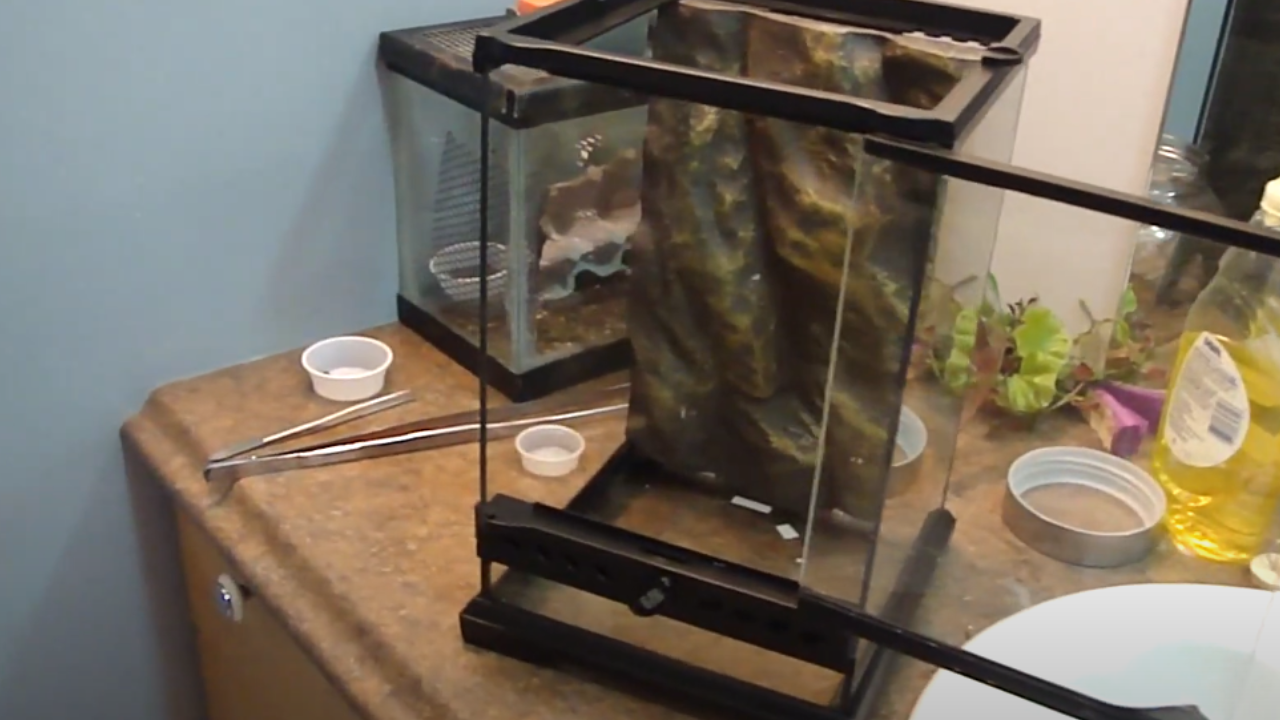Antilles Pinktoe Tarantula Care Guide by TopFlight Dubia
Posted by TopFlight Dubia on Apr 4th 2024
Did you know that tarantula don’t recognize their owners?
Tarantulas are the fantastic creatures in the world. There are over 1,100 known species of tarantulas. Nowadays, more people are considering opting to keep them as pets. One such pet species that is gaining popularity is the Antilles Pinktoe Tarantula.
They are striking tarantulas that start as bright blue spiderlings and mature into adults with a vibrant mix of greens, reds, and purples, featuring pink toe tips.
However, if you want to understand how to care for a Pink Toe Tarantula, you need to provide proper conditions so they can connect with you if they don’t recognize you. So, here is the guide by TopFlight Dubia, which will dive into caring for these tarantulas more.
Quick Overview of Pinktoe Tarantulas

|
Scientific Name |
Avicularia avicularia |
|
Common Name |
Pink Toe Tarantula, South American Pinktoe, or Guyana Pinktoe. |
|
Size |
Leg span: 3.5 to 6 inches (9-15 cm). Females are larger than males. |
|
Growth Rate |
Medium to Fast |
Life Span |
|
|
Care Level |
Beginner to Moderate |
How Do Pinktoe Tarantulas Reproduce?

Antilles Pinktoe Tarantulas reproduce in a fascinating and relatively gentle process. Here is the breakdown of the process:
1. Courtship and Pairing
- The male approaches the female usually after locating her web. He taps on the web to signal his presence. This is called drumming which helps the female to notice him.
- The male continues tapping and sometimes vibrates his body to get the attention of a female.
- The female will show interest by moving closer or responding to the male’s signals when she’s receptive.
2. Mating
- Once the female is ready, the male attempts to mate by positioning himself under her. Then, he uses his pedipalps (front limbs) to insert sperm into her epigastric furrow.
- The process is slow and quite careful, as the male does not want to get too close to the female.
- Mating can take a few minutes, and both tarantulas are generally calm during the process.
3. Egg Sac
After mating, the female generally lays an egg sac typically within 2-3 months. The sac may contain hundreds of eggs.
|
NOTE: Some breeders leave the egg sac with the female, while others remove it to incubate it themselves. This is generally up to the keeper’s preference. |
4. Hatching and Raising Slings
Once the egg sac hatches, the female will care for the tiny tarantula babies (slings) for a short period. After they are ready to fend for themselves, they will leave the sac.
|
NOTE: It is important to separate the slings early to avoid cannibalism among siblings. |
Overall, they are known to be relatively gentle breeders. They are a great choice for beginner breeders due to their calm nature and ease of care during the mating process.
What Do Antilles Pinktoe Tarantula Eat?
Antilles Pinktoe Tarantulas are carnivores. Their diet consists of mainly live insects such as:
- Crickets
- Cockroaches
- Mealworms or other insects
✓Feeding Frequency: They are often fed once a week. The amount of food may vary based on size and age.
✓Feeding Behavior: Pink Toe Tarantulas are ambush predators. They wait for their prey to come into their range and then strike with speed. They may not hunt like some other spiders, but when food is offered, they will quickly take it.
✓Water: They are fed via droplets of water, which they drink from the surface of the enclosure.
|
NOTE: It is important not to overfeed a Pink Toe tarantula. The diet should be balanced to avoid stress or obesity. |
How To Make a Home for a Pink Toe Tarantula?

Here is a step-by-step guide to setting up the habitat for the Pink Toe tarantula:
- Select a tall, vertical setup. Make sure the enclosure has access points from both the top and side for easy maintenance and handling.
- For the substrate, use a mixture of coconut husk, sand, and dirt. You just need to cover the bottom of the enclosure—that’s it.
- Maintain 85% humidity to ensure the substrate is slightly moist but not soaking wet.
- Place a piece of driftwood or cork bark in a diagonal position to give them a vertical surface for climbing and webbing. You can also add fake plants for decorations and hiding spots.
- Lightly spray the enclosure once a week to maintain humidity levels. Also, keep the enclosure at room temperature (around 75-80°F).
- Gently introduce the tarantula into its new home. Let it settle for a few days before feeding or interacting too much. It is important not to keep two Pink Toe Tarantulas together as they might end up fighting.
Conclusion

Tarantulas like Antilles Pinktoe are amazing yet independent creatures. While they don’t recognize their owners, the level of care they provide ensures the pet remains healthy and happy forever. Some of the things you can do for your pet are:
- Providing optimal environmental conditions
- Setting up a vertical enclosure setup with hiding spots
- Offering foods once a week and many more.
Enjoy the journey of keeping these beautiful, low-maintenance spiders as your companion!

